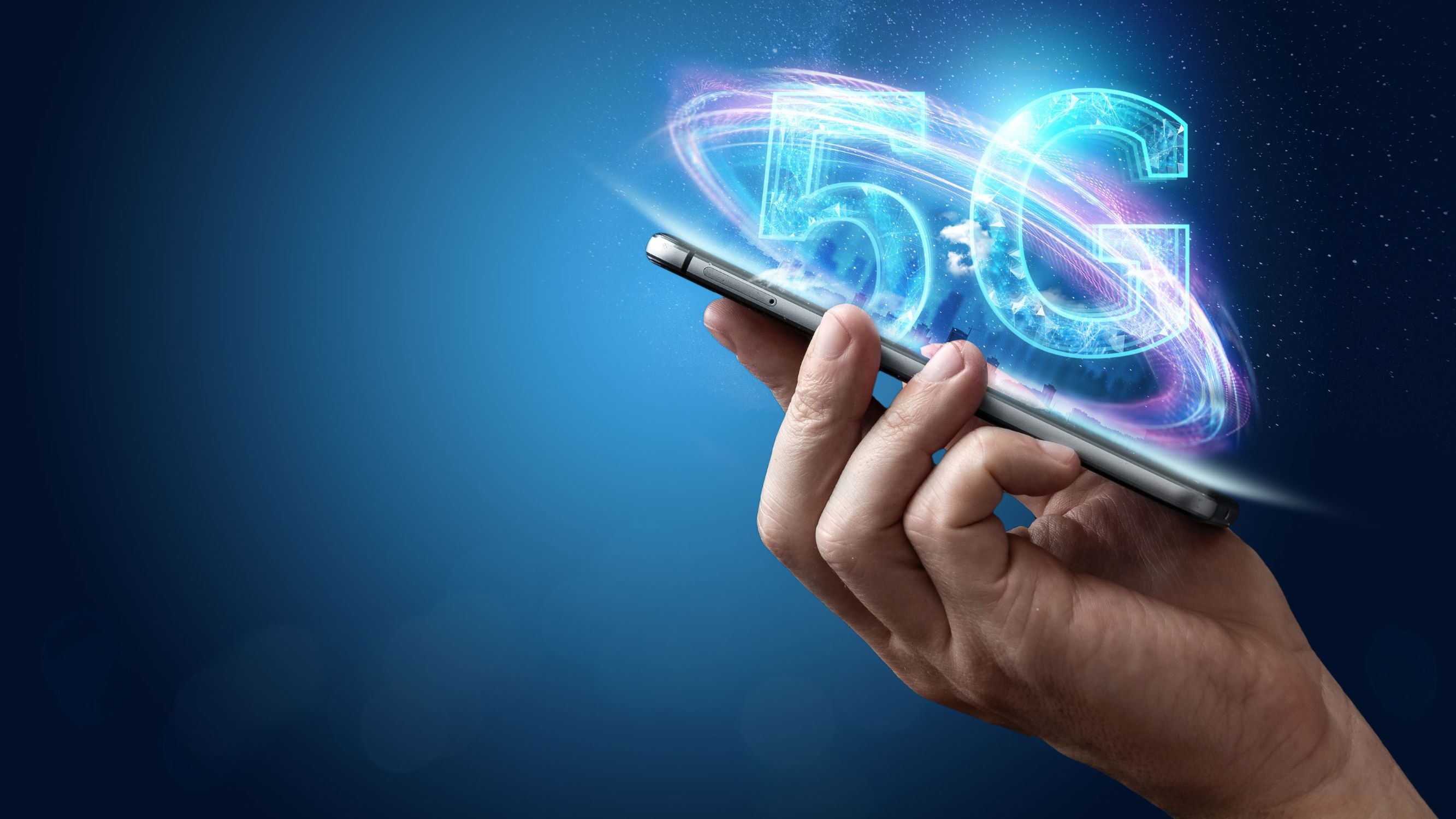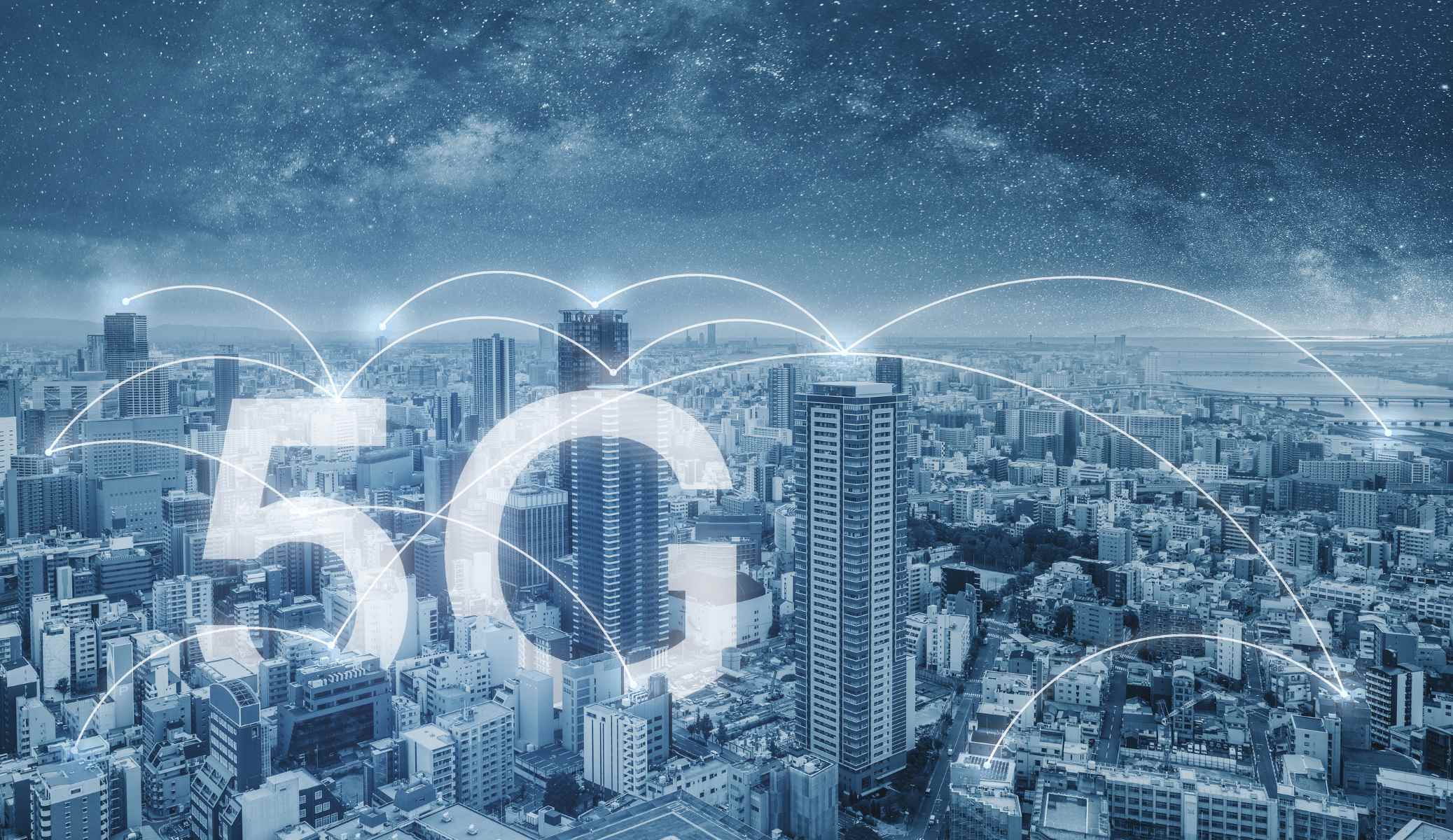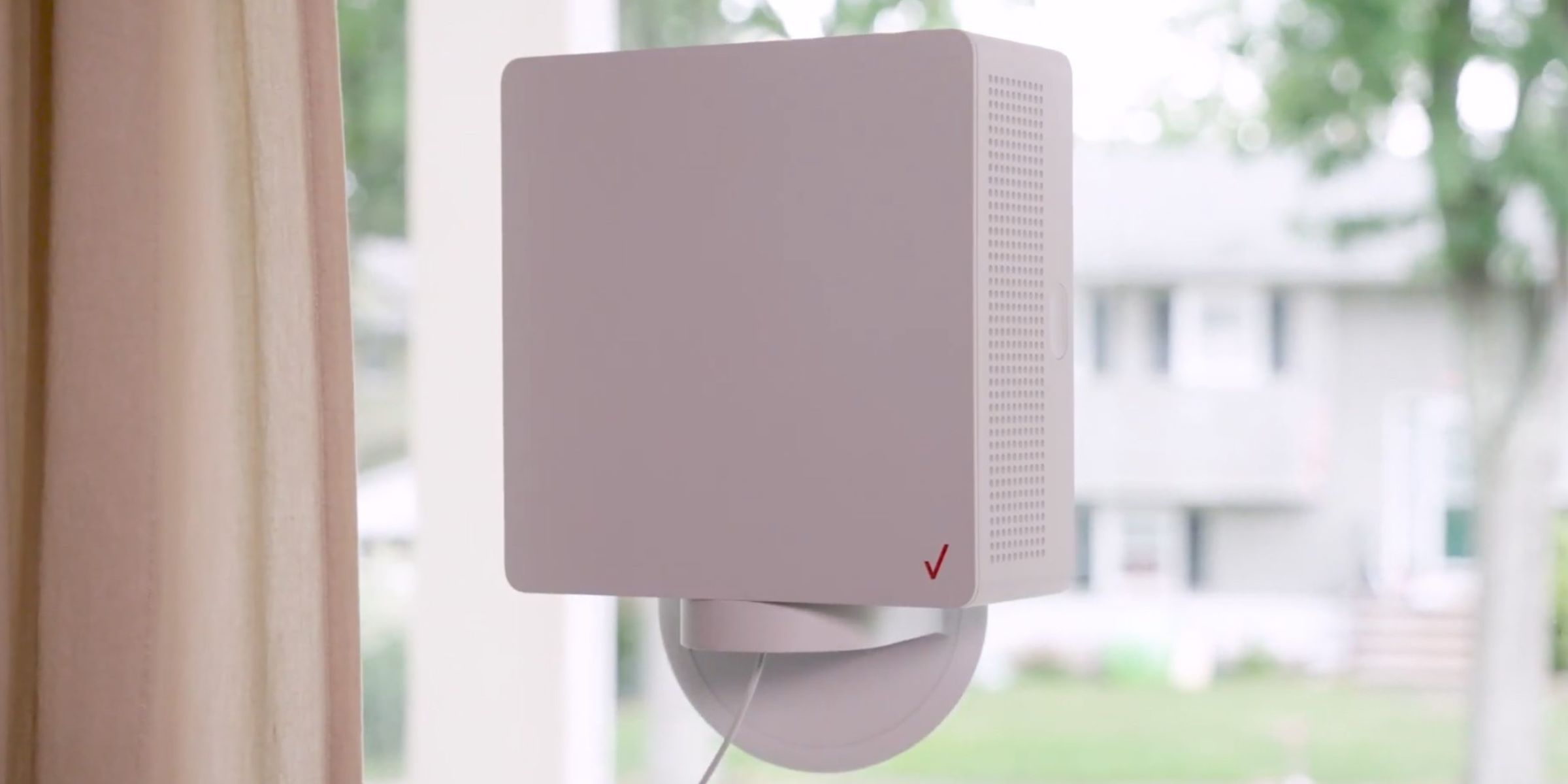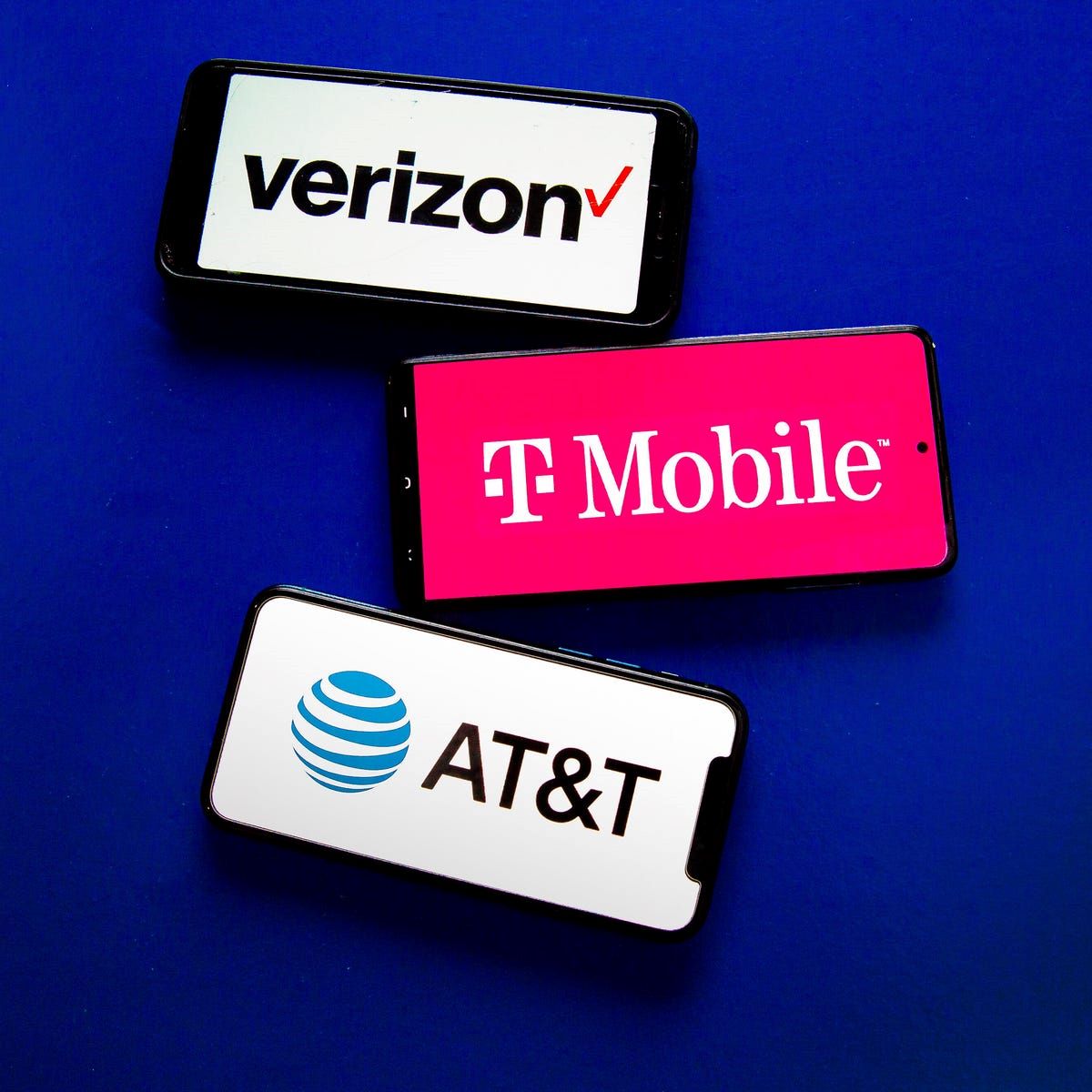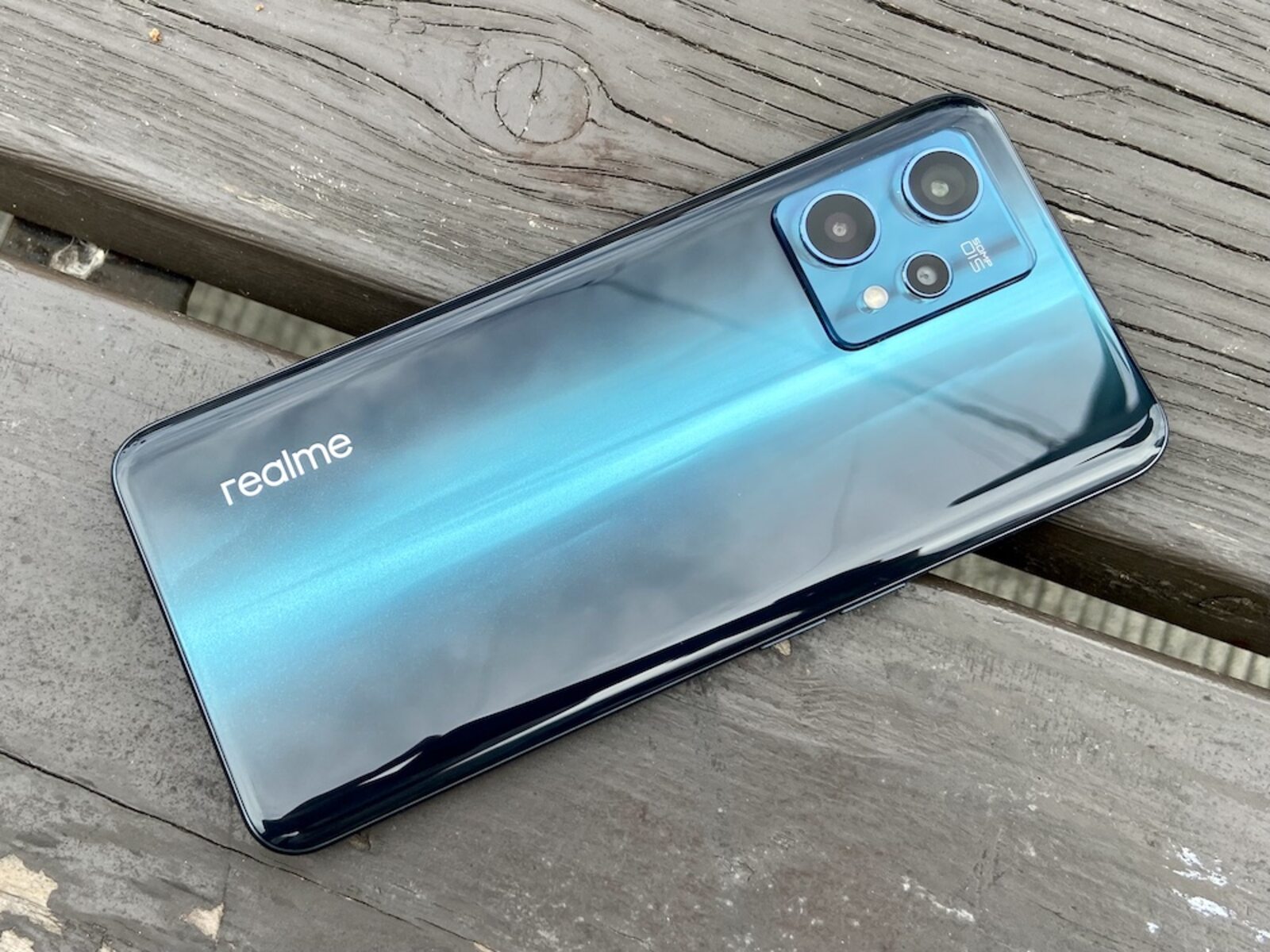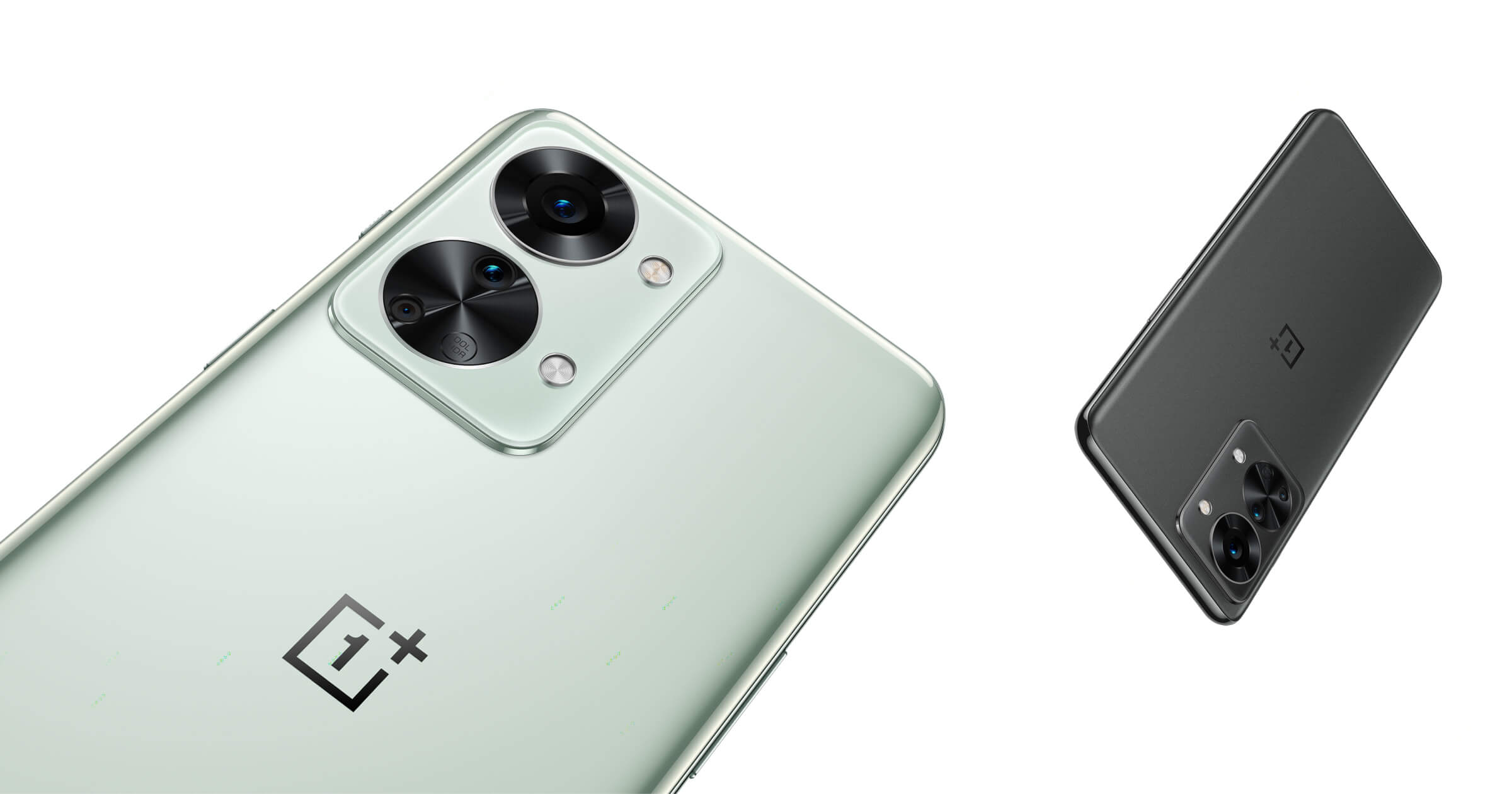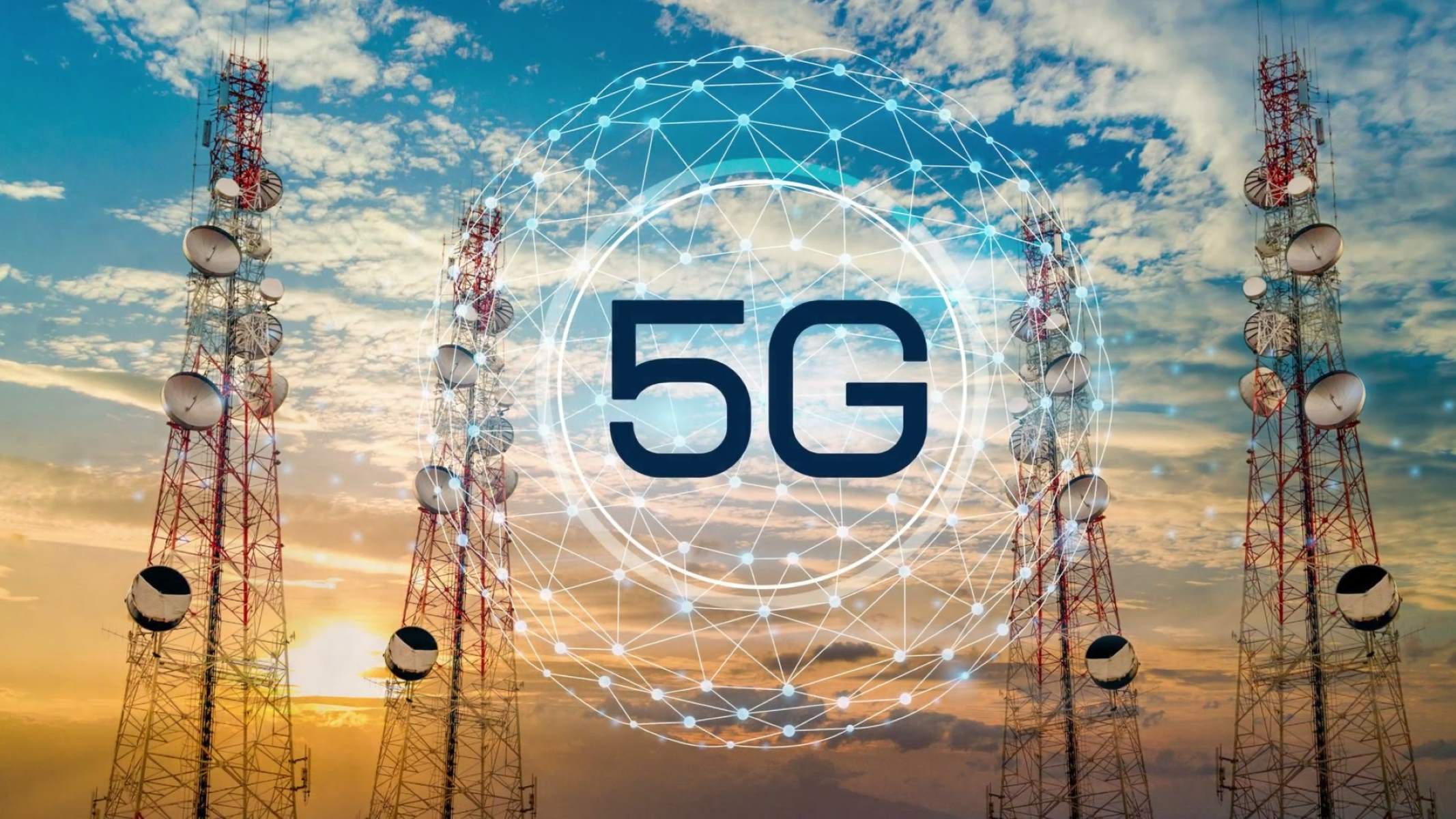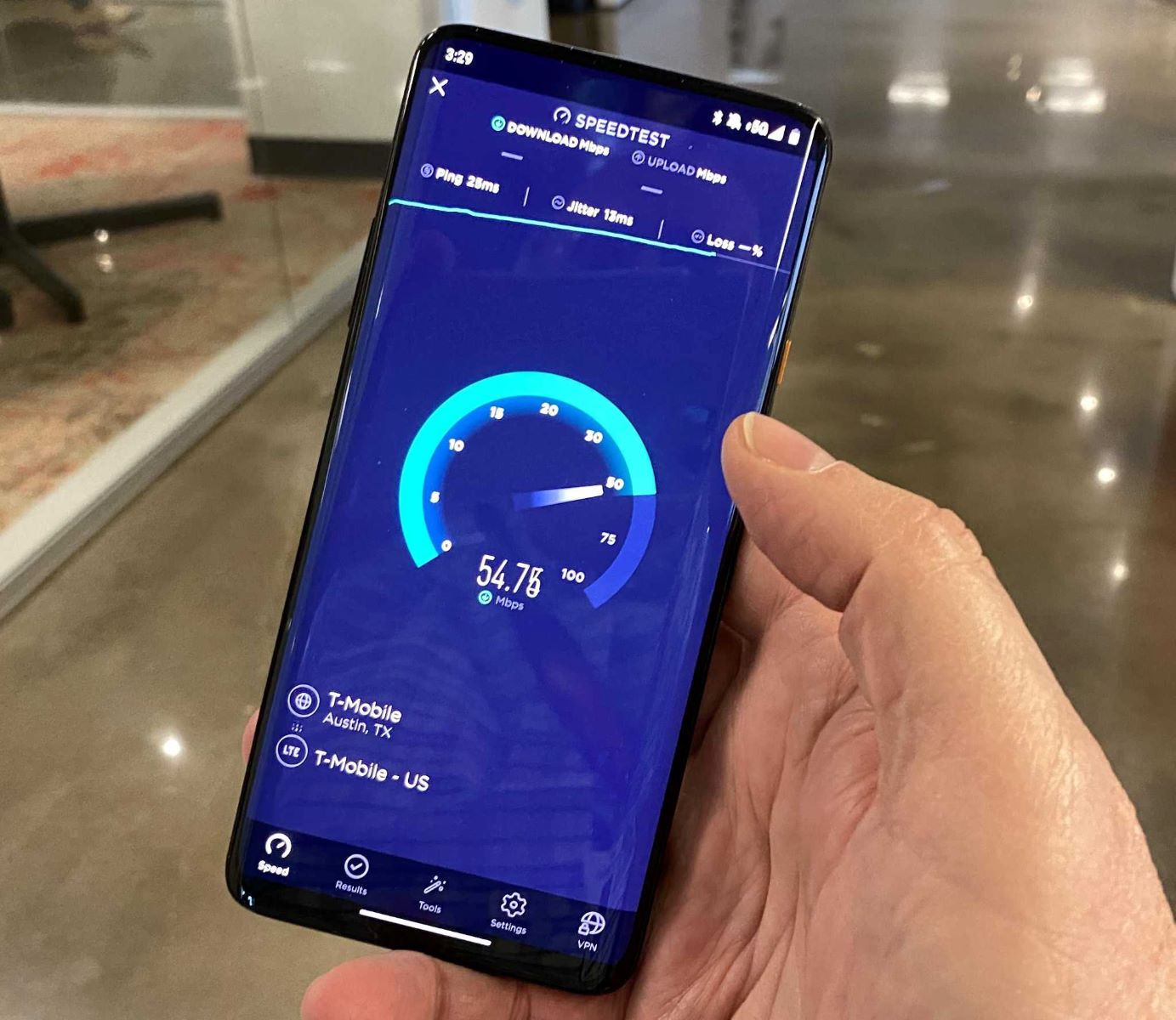Limited Range
One of the main limitations of 5G mmWave technology is its limited range. Unlike lower frequency bands, which have longer wavelengths and can cover large distances, mmWave signals have shorter wavelengths that can only travel relatively short distances. This means that 5G mmWave requires a dense network of small cell towers placed closer together to provide consistent coverage.
Due to their shorter range, 5G mmWave signals are easily obstructed by physical obstacles such as buildings, trees, and even rain. This can lead to signal blockages and interruptions in areas with tall buildings or dense vegetation. In urban environments, where there may be a higher concentration of obstacles, the range of 5G mmWave is further limited, affecting the overall coverage and quality of the network.
Moreover, the limited range of 5G mmWave signals also presents challenges for indoor coverage. These high-frequency signals have difficulty penetrating walls and other building materials, leading to weaker indoor reception. This means that users may experience slower speeds or even lose connectivity when they move indoors, especially in buildings with thick walls or multiple floors. It poses a significant challenge for providing seamless 5G connectivity in indoor spaces like offices, homes, and shopping malls.
To overcome the limited range issue, network providers need to install a more extensive network infrastructure with a higher number of small cells. This requires significant investment and time, making it a considerable challenge for widespread deployment of 5G mmWave.
Despite these limitations, network providers are working on solutions to extend the range of 5G mmWave signals. Innovations such as beamforming, which allows the steering of signals towards specific locations, can help to improve range and signal quality. Researchers are also exploring the use of repeaters and advanced antenna technologies to enhance the coverage of 5G mmWave networks.
In summary, while 5G mmWave technology offers high-speed connectivity, its limited range poses a significant challenge for network providers. The need for a dense network infrastructure and the difficulties in indoor coverage require careful planning and investment. However, ongoing advancements in technology are expected to address these limitations and unlock the full potential of 5G mmWave networks.
Signal Interference
Another limitation of 5G mmWave technology is its susceptibility to signal interference. The high-frequency signals used in mmWave bands are more prone to obstacles and environmental factors, leading to potential signal interruptions and degradation in performance.
One common cause of interference is the presence of physical objects between the transmitter and the receiver. As mmWave signals have shorter wavelengths, they can be easily blocked or absorbed by buildings, vehicles, trees, and even human bodies. This can result in significant signal loss and reduced coverage, particularly in urban areas with dense infrastructure and high-rise buildings.
Additionally, mmWave signals are highly sensitive to atmospheric conditions. Factors such as rain, fog, and other forms of precipitation can attenuate or scatter the signal, affecting its reach and reliability. This means that users may experience fluctuations in signal strength and performance during adverse weather conditions.
Furthermore, signal interference can also occur due to the presence of other wireless devices operating in the same frequency range. As more devices utilize the mmWave spectrum, the potential for interference increases. This can lead to decreased network performance and slower speeds, especially in areas with a high concentration of users or devices.
Efforts are being made to mitigate signal interference in 5G mmWave networks. Advanced beamforming techniques that dynamically adjust the antenna’s direction and focus can help to minimize interference and improve signal quality. Additionally, network operators are deploying sophisticated algorithms and technologies to manage the interference caused by coexisting networks and devices.
Despite these mitigation measures, signal interference remains a significant challenge for 5G mmWave technology. Network providers must carefully plan and optimize their network deployments to minimize the impact of interference and ensure consistent connectivity.
In summary, signal interference is a limitation that needs to be addressed in 5G mmWave networks. The susceptibility to physical obstacles and environmental factors, as well as potential interference from other devices, can affect signal quality and coverage. However, ongoing advancements in technology and network optimization strategies are expected to mitigate these challenges and improve the overall performance of 5G mmWave networks.
Building Penetration Issues
Building penetration is a significant challenge for 5G mmWave technology. Due to the high-frequency nature of mmWave signals, they face difficulties in penetrating physical barriers such as walls, windows, and other building materials. This limitation can greatly impact the indoor coverage and performance of 5G mmWave networks.
Unlike lower frequency bands, which have better penetration capabilities, mmWave signals are easily blocked or weakened by solid objects. This means that when users are inside buildings, especially in areas with thick walls or multiple floors, the signal strength can be significantly diminished. As a result, users may experience slower speeds, dropped connections, or even a complete loss of signal when they are indoors.
Moreover, the limited penetration of mmWave signals also poses challenges for in-building applications and services. Industries such as healthcare, retail, and manufacturing often require reliable and high-speed connectivity within their facilities. However, the inability of mmWave signals to penetrate building materials hampers the seamless delivery of such services, impacting productivity and user experience.
To address building penetration issues, network providers are exploring various solutions. One approach is the use of advanced antenna technologies, such as multiple-input, multiple-output (MIMO) systems. MIMO allows for the transmission and reception of multiple data streams, which enhances signal strength and coverage even in areas with obstacles. Additionally, network operators can also deploy small cells or indoor distributed antenna systems (DAS) to improve signal penetration and coverage inside buildings.
Another potential solution is the integration of mmWave technology with lower frequency bands, such as sub-6 GHz spectrum. By combining different frequency bands, network providers can ensure a more comprehensive coverage, with mmWave being utilized for high-capacity outdoor areas and lower frequencies penetrating indoor environments more effectively.
In summary, the limited building penetration of 5G mmWave signals poses a challenge for indoor coverage and services. However, through the deployment of advanced antenna technologies and the integration of different frequency bands, network providers can overcome this limitation and provide more robust and reliable connectivity inside buildings.
Deployment Challenges
Deploying 5G mmWave technology comes with its own set of challenges that network providers must navigate. These challenges include the need for significant infrastructure upgrades, high-frequency spectrum availability, and the logistical complexities of rolling out a new network technology.
One of the main deployment challenges is the need for a dense network infrastructure. Due to the limited range of 5G mmWave signals, network providers must install a greater number of small cell towers or base stations to ensure consistent coverage. This requires significant investment in infrastructure and coordination with various stakeholders, including local governments and property owners, to secure the necessary permits and access rights to install these facilities.
Another challenge is the availability of high-frequency spectrum. To support 5G mmWave technology, network providers need access to a sufficient amount of spectrum in the high-frequency range. However, the availability of such spectrum is limited, and its acquisition can be a complex and costly process. Spectrum auctions and regulatory considerations add layers of complexity to the deployment, further delaying the widespread adoption of 5G mmWave networks.
Logistical complexities also come into play during deployment. Installing the necessary infrastructure, such as small cells, requires careful planning and coordination. Factors such as site selection, power and connectivity requirements, and physical installation can pose challenges, especially in densely populated urban areas where space is limited and there may be existing infrastructure and utilities that need to be considered.
In addition, there are technical challenges associated with the deployment of 5G mmWave. These include addressing signal interference, optimizing network performance, and ensuring seamless handovers between cells for uninterrupted connectivity. These technical complexities require thorough testing, optimization, and ongoing maintenance to ensure a reliable and high-performing 5G mmWave network.
Despite these challenges, network providers are actively working to overcome them. Collaboration with infrastructure partners, government agencies, and industry organizations is crucial in addressing deployment challenges. Governments and regulatory bodies can also play a role in streamlining permitting processes and making more spectrum available to accelerate the deployment of 5G mmWave networks.
In summary, the deployment of 5G mmWave technology presents challenges related to infrastructure, spectrum availability, and logistical complexities. Overcoming these challenges requires collaboration, investment, and regulatory support. By addressing these deployment challenges, network providers can unlock the full potential of 5G mmWave technology and provide high-speed connectivity to users.
Availability in Rural Areas
One of the significant challenges in the deployment of 5G mmWave technology is ensuring its availability in rural areas. While mmWave technology offers high-speed connectivity and capacity, its limited range and the need for a dense network infrastructure pose challenges for providing coverage in sparsely populated rural regions.
Rural areas often have large distances between households and communities, making it economically challenging to deploy the required number of small cell towers needed for 5G mmWave coverage. The cost of laying fiber cables and installing infrastructure in remote areas can be prohibitively high, resulting in a lack of investment and slower deployment compared to urban areas.
Moreover, the limited availability of high-frequency spectrum in rural areas further complicates the deployment of 5G mmWave. Spectrum resources are often prioritized in densely populated urban areas, leaving rural regions with fewer options for accessing the necessary spectrum. This scarcity of spectrum can hinder the rollout of 5G mmWave networks in rural communities.
Additionally, the terrain and geography of rural areas can pose challenges to signal propagation. Dense vegetation, hilly terrain, and physical obstacles can all impact the reach and quality of mmWave signals. This can result in inconsistent coverage and unreliable connectivity for rural residents and businesses.
To address the availability challenges in rural areas, a combination of strategies is needed. Network providers can leverage technologies such as fixed wireless access (FWA) to extend connectivity to rural communities. FWA utilizes mmWave technology to deliver high-speed broadband wirelessly to homes and businesses, bypassing the need for extensive fiber infrastructure.
Another approach is the integration of different frequency bands, including sub-6 GHz spectrum, which has better range and penetration capabilities compared to mmWave. By combining the use of lower frequency bands with mmWave, network providers can provide more comprehensive coverage in rural areas, ensuring that residents have access to reliable and high-speed connectivity.
Public-private partnerships and government initiatives can also play a crucial role in bridging the digital divide in rural areas. By investing in the necessary infrastructure and providing incentives for network providers, governments can help overcome the economic barriers and encourage the deployment of 5G mmWave networks in rural communities.
In summary, ensuring the availability of 5G mmWave technology in rural areas presents unique challenges. The limitations in infrastructure, spectrum availability, and terrain require innovative solutions and collaboration between various stakeholders. By employing a combination of technologies, integrating different frequency bands, and government support, it is possible to extend the benefits of 5G mmWave to rural communities and bridge the digital divide.
Potential Health Concerns
As the deployment of 5G mmWave technology expands, there have been discussions and concerns regarding potential health effects associated with the increased use of high-frequency electromagnetic radiation. While extensive research has been conducted, it is important to address these concerns and provide accurate information.
One of the main concerns is the potential for increased exposure to electromagnetic radiation. Since mmWave signals operate in higher frequency bands, there is a perception that they may have a greater impact on human health compared to lower frequency bands used in previous generations of wireless technology.
It is important to clarify that the radiation emitted by 5G mmWave networks falls within the radiofrequency radiation (RF) spectrum, which has been extensively studied for many years. The current safety guidelines set by international organizations, such as the International Commission on Non-Ionizing Radiation Protection (ICNIRP), are designed to protect public health and are based on the existing scientific evidence.
In numerous studies conducted over several decades, there is currently no conclusive evidence linking exposure to RF radiation, including mmWave frequencies, to adverse health effects when the exposure levels are below the established guidelines. These guidelines take into account the thermal effects, where the radiation can cause a negligible rise in body temperature.
It is worth noting that with the increasing deployment of 5G mmWave networks, the overall exposure levels to RF radiation may increase due to more antennas and devices being in use. However, the exposure levels are still well below the established safety limits.
Furthermore, regulatory bodies, government agencies, and network providers continue to monitor and assess the scientific research on the potential health effects of 5G mmWave technology. Ongoing studies are conducted to ensure that the established safety guidelines are adequate and up to date.
As with any new technology, it is natural for people to have concerns. However, it is vital to rely on scientific research and established guidelines when assessing potential health risks. Organizations such as the World Health Organization (WHO) and governmental regulatory bodies provide information and guidelines to ensure the safe deployment and use of wireless technologies.
In summary, potential health concerns related to 5G mmWave technology have been a topic of discussion. However, the current scientific evidence and established safety guidelines indicate that exposure levels to RF radiation from 5G mmWave networks are well below the thresholds where adverse health effects may occur. Ongoing research and monitoring by regulatory bodies ensure the continued safety of wireless technologies.







